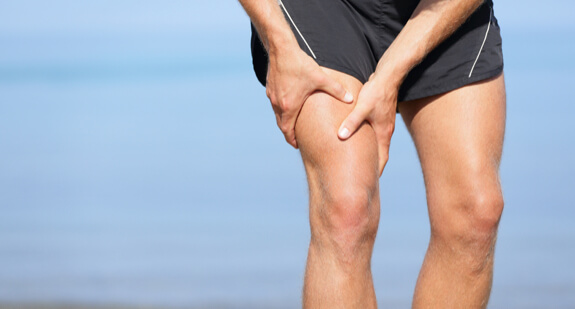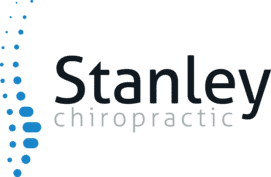Can Chiropractors Help Pulled Muscles?

A number of things can be causing muscle pain and stiffness. Acute injuries can result from trauma or sports injuries, while overuse may also cause repetitive muscle and soft tissue injuries. Even sitting still can cause pain and damage to the muscles. People who work at a desk or chair throughout the day often experience back or neck pain due to muscle spasms and rigidity.
Whatever the origin, the spasms and stiffness can cause a lot of pain or discomfort. When you experience a pulled muscle secondary to any cause, the straining or tearing of the muscles involved will usually cause you to feel some immediate pain and local swelling.
You will most likely experience a restricted movement of the affected muscle. The most common body areas for a muscle injury are the neck, lower back, shoulder, and hamstring.
How Can a Chiropractor Help?
You will be thoroughly assessed during your first visit to the chiropractic facility. The assessment will be done to see how much muscle injury has affected the soft tissues, muscles, and surrounding parts.
Your chiropractor will also access the range of motion on the affected joint and intactness of the nearby blood vessels and nerves. You might be asked to do a couple of exercises to see how your body reacts to motion.
Your chiropractor has a range of tools and treatment modalities to relieve discomfort and inflammation and help you recover from muscle injury as soon as possible. He may use different therapeutic techniques that could involve the use of specific methods or devices. As part of your treatment plan, your chiropractor may recommend a combination of modalities, depending on the type of muscle pain or injury you are dealing with.
Some modalities a chiropractor can use to treat muscle pain and inflammation are as follows.
Cold Therapy
Cryotherapy or cold massage is usually the first approach used to relieve pain and discomfort after an injury. Cold therapy constricts the blood vessels (arteries) and slows the blood flow towards the affected area. This can reduce swelling, inflammation, pain, and bruising.
Heat Therapy
Heat therapy is used hours or days after the one mentioned above. It is either used independently or in combination with other therapies to enhance the flow of blood. This can help boost the flow of oxygen to the injured muscles, which can speed up healing. Heat therapy also helps to decrease muscle pain and stiffness, which can increase the range of motion.
Ultrasound
This therapy involves the application of sound waves that penetrate deep into the injured tissue. The sound waves produce a “deep heat” phenomenon, which helps increase blood flow and deliver essential nutrients.
Phonophoresis & Iontophoresis
These methods are used to help the topical drugs penetrate deeper into the affected tissue. To do this, Iontophoresis requires an electric current, while phonophoresis includes the use of ultrasound (ultrasonic waves).
Electrical Stimulation
This type of treatment uses low voltage electrical currents to influence the muscle tissue and ease pain and inflammation. TENS (transcutaneous electrical nerve stimulation) and H-Wave therapy are both modalities of electric stimulation.
Your chiropractor may use one or more soft-tissue techniques to bring relief to the painful and stiffed muscles. Speak to your chiropractor regarding certain forms of soft tissue therapies that may be of interest to you.
The Takeaway
Given that muscles, joints, bones, and soft tissues work together; they must be treated collectively and in consideration of one another. Chiropractic adjustments are a holistic approach that can help align the spinal cord and reduce the inflammation of the affected muscles – which are key factors in reducing joint tension and addressing muscle imbalances.
An experienced chiropractor can bring your spine and other joints back into alignment through manual manipulation, helping to facilitate healing from overworking or injured muscles.
